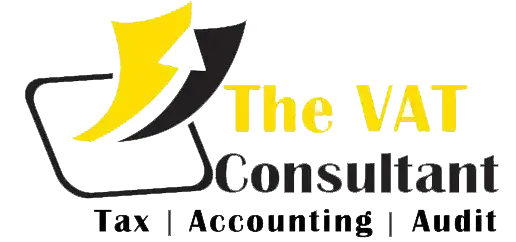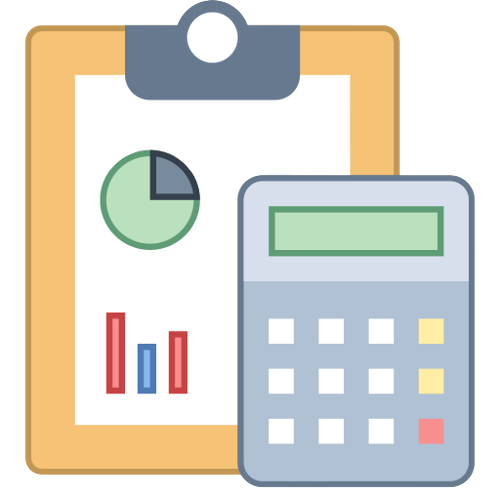Refundable sales are often called “approved sales” or “consignment sales.” Under this concept, the supplier has made an arrangement that allows the purchaser or recipient to use or evaluate the product. If he is satisfied, he agrees to buy the product, otherwise he can return it. This is a common sales strategy for newly launched products in the market and can boost sales. Moreover, products such as books and magazines are often kept in retail stores and only accepted when these products are sold. The remaining unsold is returned to the supplier by the retail store.
Compared with other types of supply, the sale of approved transactions is unique and unique. Here, the goods are delivered by the supplier, the purpose is to sell, but the premise is the recipient’s choice. In this case, the delivery time will not be the date when the goods are delivered to the recipient, but the earliest date that the recipient of the goods accepts the same date or 12 months from the date of delivery from the supplier.
Refundable or approved sale supply time
Approved Sale/Refundable Sale/Consignment Sale
The earliest below
The date the recipient accepted the supply of goods.
The expiration of 12 months from the date of delivery by the supplier or the expiration of the goods disposed of by the recipient.
In addition to the above dates, if the payment receipt date or tax invoice date is earlier than the date mentioned in the above table, the date of the payment receipt or tax invoice should be considered when the goods arrive. However, given the nature of the supply, these dates are unlikely to occur before the recipient accepts the supply.
Let us understand the supply time for approval based on VAT or sale on a tax-refundable basis in the UAE, and consider different business scenarios with examples.
Medi Equipment Ltd is a manufacturer of health-related products in the UAE. They launched a new health product and provided it to various pharmacies (retailers) in a refundable manner. In other words, Medi Equipment Ltd will charge customers only when they provide health products to the pharmacy.
Considering the above example, we created different scenarios to understand the method of determining the delivery time in the case of return or consignment.
plan 1
Delivery date The date approved by the consignee and the return time (the period when reporting and VAT payment are required)
March 20, 2018 May 15, 2018 May 15, 2018 2018 Monthly Quarter
May 18 to June 18
In the above case, the delivery time is May 15, 2018. The reason is that the earliest delivery date is:
1. The date when the recipient accepts the supply of goods.
2. It expires within 12 months from the date of delivery.
In this case, the acceptance date is 12 months earlier than the delivery date. Therefore, if the report is a quarterly tax refund, you need to report and pay the output value-added tax for the quarter from April to June 18, 2018. If it is a monthly refund, you need to report the value-added tax on May 18
Scenario 2
Delivery date The date approved by the consignee and the return time (the period when reporting and VAT payment are required)
January 5, 2018 February 5, 2019 January 6, 2019 Monthly Quarter
January 19 January 3
In the above case, the delivery date is January 6, 2019. The reason is that the earliest delivery date is:
1. The date when the consignee accepts the source of goods.
2. Lost 12 months
In this case, the sales acceptance letter will not be received until 12 months from the date of delivery. Therefore, if the report is a quarterly tax refund, the output value added tax for the quarter from January 19 to March 19 needs to be reported and paid. If the report is a monthly report, the value added tax on January 19 needs to be reported.
in conclusion
In a returnable or approved sale, the goods have been delivered to the recipient, but the recipient has not yet made a decision to accept the sale. Acceptance will happen later. First of all, suppliers engaged in such supplies should clearly point out that the VAT liability will not arise on the date of delivery of the goods. Instead, it will be the date when the recipient accepts the supply. Secondly, it is vital for suppliers to have a suitable system to monitor the ageing of the supplied inventory on the basis of approval to determine the 12-month period from the date of delivery. Wrongly determining the timing of the supply of goods will have an impact on the company’s cash flow, which may be due to early payment of value-added tax or imposing fines.
related articles:
Supply time in the UAE based on VAT continuous supply or progressive billing method


























